[Anchor]
The U.S. government plans to secure a stake in the semiconductor company Intel.
As part of the semiconductor law, it will provide over ten billion dollars in subsidies, aiming to gain influence over Intel.
What other intentions are behind this, reporter Kim Gwi-soo reports.
[Report]
U.S. Secretary of Commerce Howard Lutnick stated that the government will provide subsidies to Intel but will secure a stake in return.
[Howard Lutnick/U.S. Secretary of Commerce: "When you put these money in the hands of Donald Trump, you're going to get a better deal for the American taxpayer. That's what Donald Trump is."]
The promised subsidy for Intel is 10.9 billion dollars, and with Intel's market capitalization at about 110 billion dollars, once the subsidies are fully paid, the government will acquire a 10% stake in Intel.
Secretary Lutnick mentioned that the government would not exercise management rights, but if implemented, the U.S. government will become Intel's largest shareholder.
The Trump administration's push to secure a stake in Intel is interpreted as an effort to ensure a stable supply chain for semiconductors, which are key strategic assets for national security and the economy.
The U.S. accounts for about 13% of global semiconductor production, but the demand is 25%, indicating a high dependence on foreign sources.
[Karoline Leavitt/White House Spokesperson: "To ensure that we are both reshoring these critical supply chains while also gaining something of it for the American taxpayer."]
The Trump administration has also invested in rare earth production companies, aiming to align corporate management with government objectives.
The Trump-style 'art of the deal' has emerged once again, but there are concerns that it resembles a Chinese model that distorts the market even within the U.S.
This is KBS News, Kim Gwi-soo.
The U.S. government plans to secure a stake in the semiconductor company Intel.
As part of the semiconductor law, it will provide over ten billion dollars in subsidies, aiming to gain influence over Intel.
What other intentions are behind this, reporter Kim Gwi-soo reports.
[Report]
U.S. Secretary of Commerce Howard Lutnick stated that the government will provide subsidies to Intel but will secure a stake in return.
[Howard Lutnick/U.S. Secretary of Commerce: "When you put these money in the hands of Donald Trump, you're going to get a better deal for the American taxpayer. That's what Donald Trump is."]
The promised subsidy for Intel is 10.9 billion dollars, and with Intel's market capitalization at about 110 billion dollars, once the subsidies are fully paid, the government will acquire a 10% stake in Intel.
Secretary Lutnick mentioned that the government would not exercise management rights, but if implemented, the U.S. government will become Intel's largest shareholder.
The Trump administration's push to secure a stake in Intel is interpreted as an effort to ensure a stable supply chain for semiconductors, which are key strategic assets for national security and the economy.
The U.S. accounts for about 13% of global semiconductor production, but the demand is 25%, indicating a high dependence on foreign sources.
[Karoline Leavitt/White House Spokesperson: "To ensure that we are both reshoring these critical supply chains while also gaining something of it for the American taxpayer."]
The Trump administration has also invested in rare earth production companies, aiming to align corporate management with government objectives.
The Trump-style 'art of the deal' has emerged once again, but there are concerns that it resembles a Chinese model that distorts the market even within the U.S.
This is KBS News, Kim Gwi-soo.
■ 제보하기
▷ 카카오톡 : 'KBS제보' 검색, 채널 추가
▷ 전화 : 02-781-1234, 4444
▷ 이메일 : kbs1234@kbs.co.kr
▷ 유튜브, 네이버, 카카오에서도 KBS뉴스를 구독해주세요!
- U.S. gov’t to take Intel stake
-
- 입력 2025-08-21 15:12:47
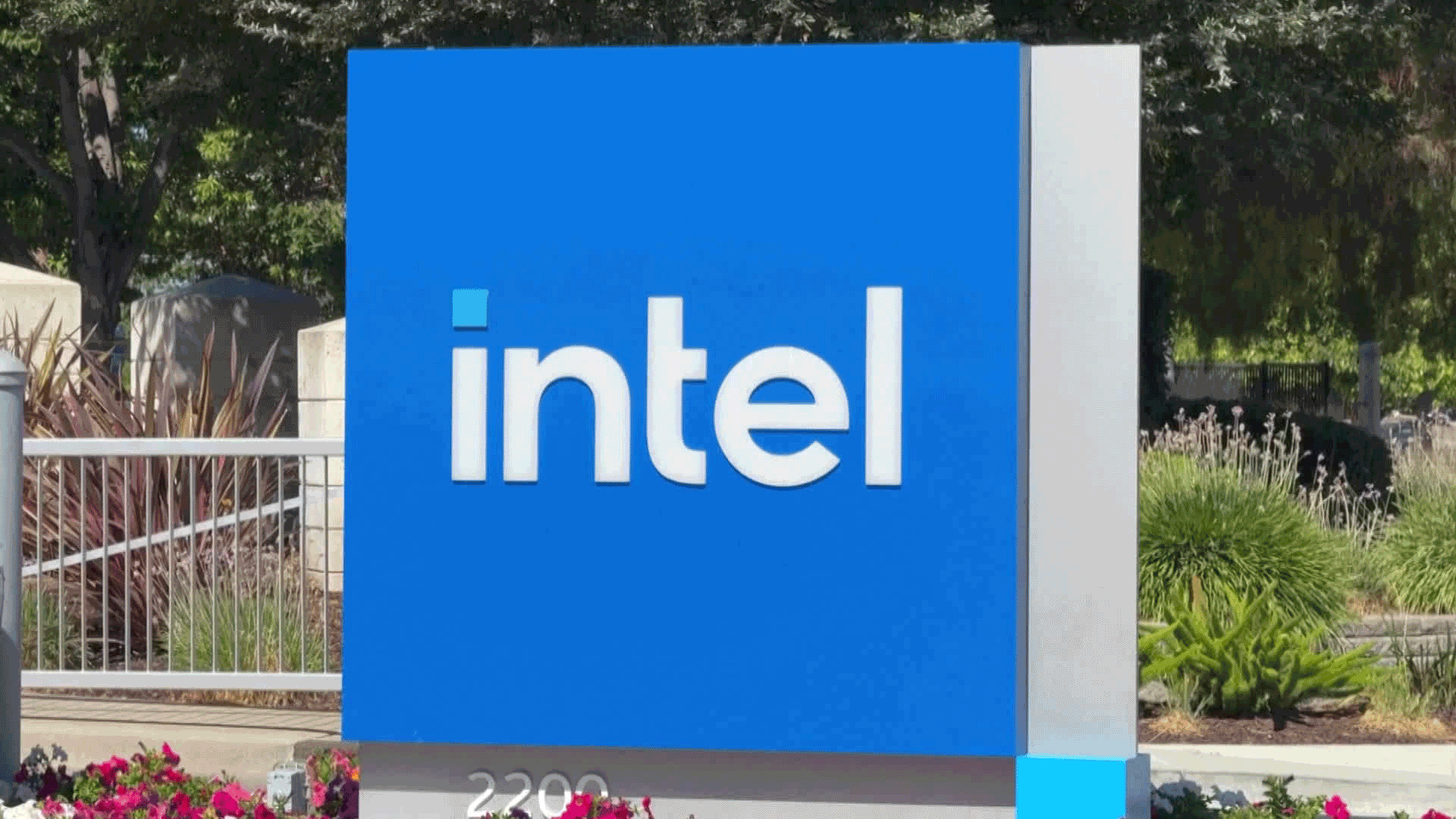
[Anchor]
The U.S. government plans to secure a stake in the semiconductor company Intel.
As part of the semiconductor law, it will provide over ten billion dollars in subsidies, aiming to gain influence over Intel.
What other intentions are behind this, reporter Kim Gwi-soo reports.
[Report]
U.S. Secretary of Commerce Howard Lutnick stated that the government will provide subsidies to Intel but will secure a stake in return.
[Howard Lutnick/U.S. Secretary of Commerce: "When you put these money in the hands of Donald Trump, you're going to get a better deal for the American taxpayer. That's what Donald Trump is."]
The promised subsidy for Intel is 10.9 billion dollars, and with Intel's market capitalization at about 110 billion dollars, once the subsidies are fully paid, the government will acquire a 10% stake in Intel.
Secretary Lutnick mentioned that the government would not exercise management rights, but if implemented, the U.S. government will become Intel's largest shareholder.
The Trump administration's push to secure a stake in Intel is interpreted as an effort to ensure a stable supply chain for semiconductors, which are key strategic assets for national security and the economy.
The U.S. accounts for about 13% of global semiconductor production, but the demand is 25%, indicating a high dependence on foreign sources.
[Karoline Leavitt/White House Spokesperson: "To ensure that we are both reshoring these critical supply chains while also gaining something of it for the American taxpayer."]
The Trump administration has also invested in rare earth production companies, aiming to align corporate management with government objectives.
The Trump-style 'art of the deal' has emerged once again, but there are concerns that it resembles a Chinese model that distorts the market even within the U.S.
This is KBS News, Kim Gwi-soo.
The U.S. government plans to secure a stake in the semiconductor company Intel.
As part of the semiconductor law, it will provide over ten billion dollars in subsidies, aiming to gain influence over Intel.
What other intentions are behind this, reporter Kim Gwi-soo reports.
[Report]
U.S. Secretary of Commerce Howard Lutnick stated that the government will provide subsidies to Intel but will secure a stake in return.
[Howard Lutnick/U.S. Secretary of Commerce: "When you put these money in the hands of Donald Trump, you're going to get a better deal for the American taxpayer. That's what Donald Trump is."]
The promised subsidy for Intel is 10.9 billion dollars, and with Intel's market capitalization at about 110 billion dollars, once the subsidies are fully paid, the government will acquire a 10% stake in Intel.
Secretary Lutnick mentioned that the government would not exercise management rights, but if implemented, the U.S. government will become Intel's largest shareholder.
The Trump administration's push to secure a stake in Intel is interpreted as an effort to ensure a stable supply chain for semiconductors, which are key strategic assets for national security and the economy.
The U.S. accounts for about 13% of global semiconductor production, but the demand is 25%, indicating a high dependence on foreign sources.
[Karoline Leavitt/White House Spokesperson: "To ensure that we are both reshoring these critical supply chains while also gaining something of it for the American taxpayer."]
The Trump administration has also invested in rare earth production companies, aiming to align corporate management with government objectives.
The Trump-style 'art of the deal' has emerged once again, but there are concerns that it resembles a Chinese model that distorts the market even within the U.S.
This is KBS News, Kim Gwi-soo.
-
-

김귀수 기자 seowoo10@kbs.co.kr
김귀수 기자의 기사 모음
-
이 기사가 좋으셨다면
-
좋아요
0
-
응원해요
0
-
후속 원해요
0










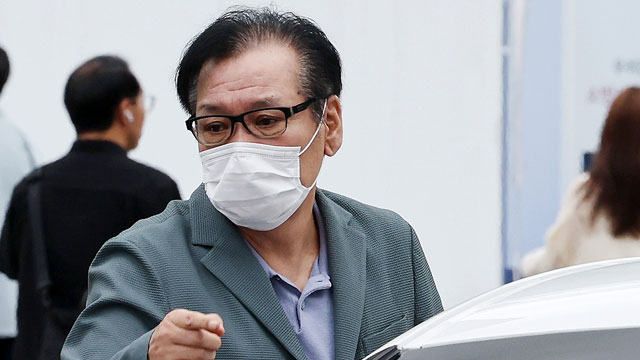
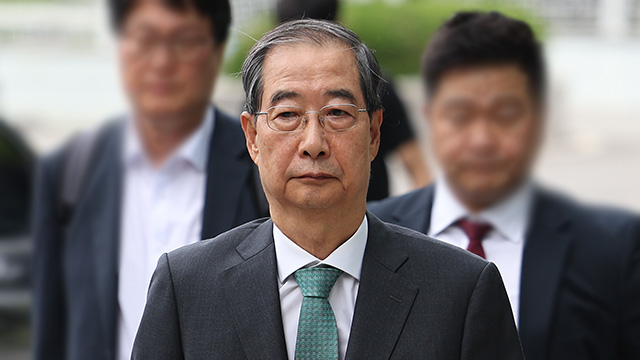
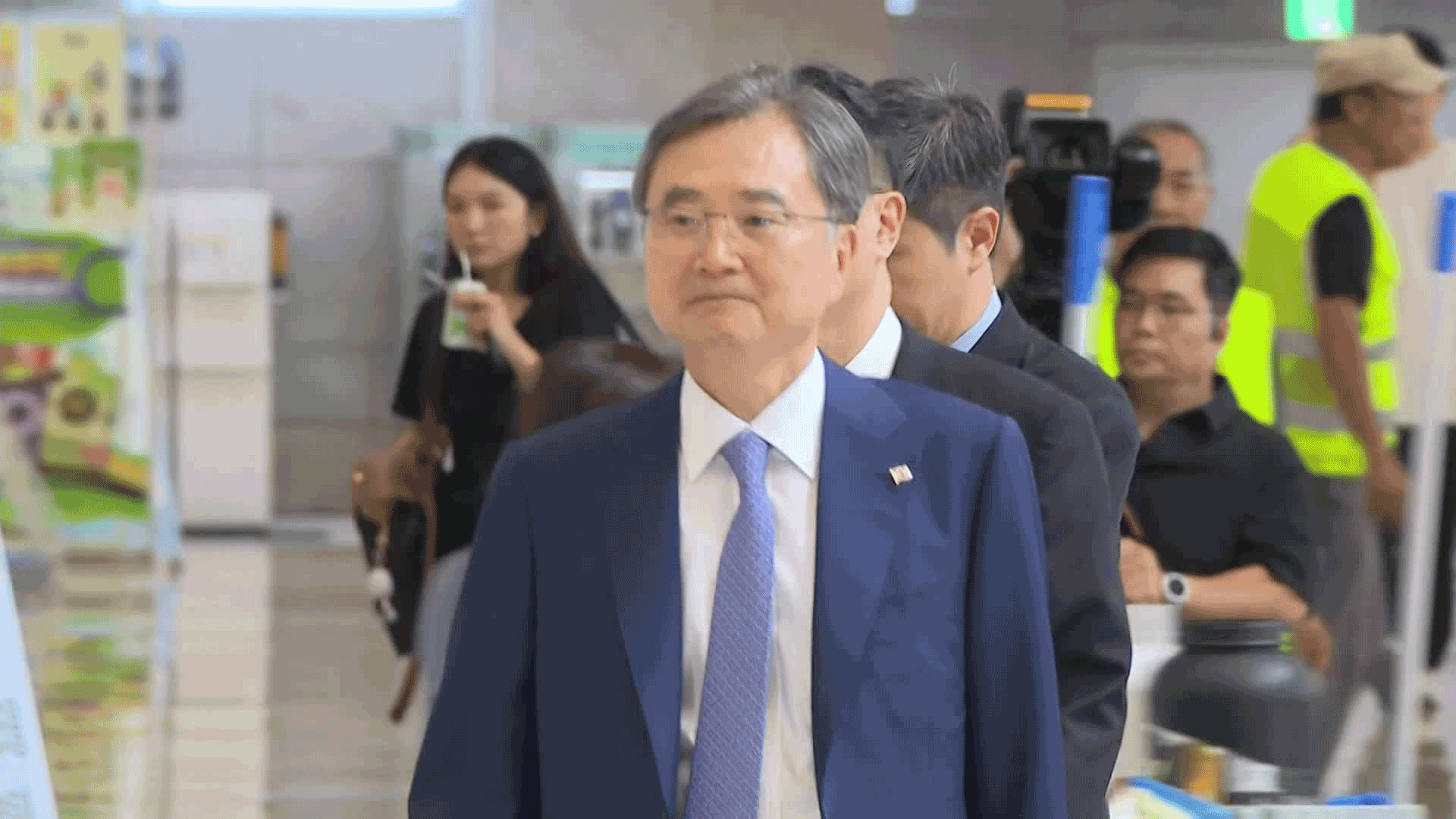
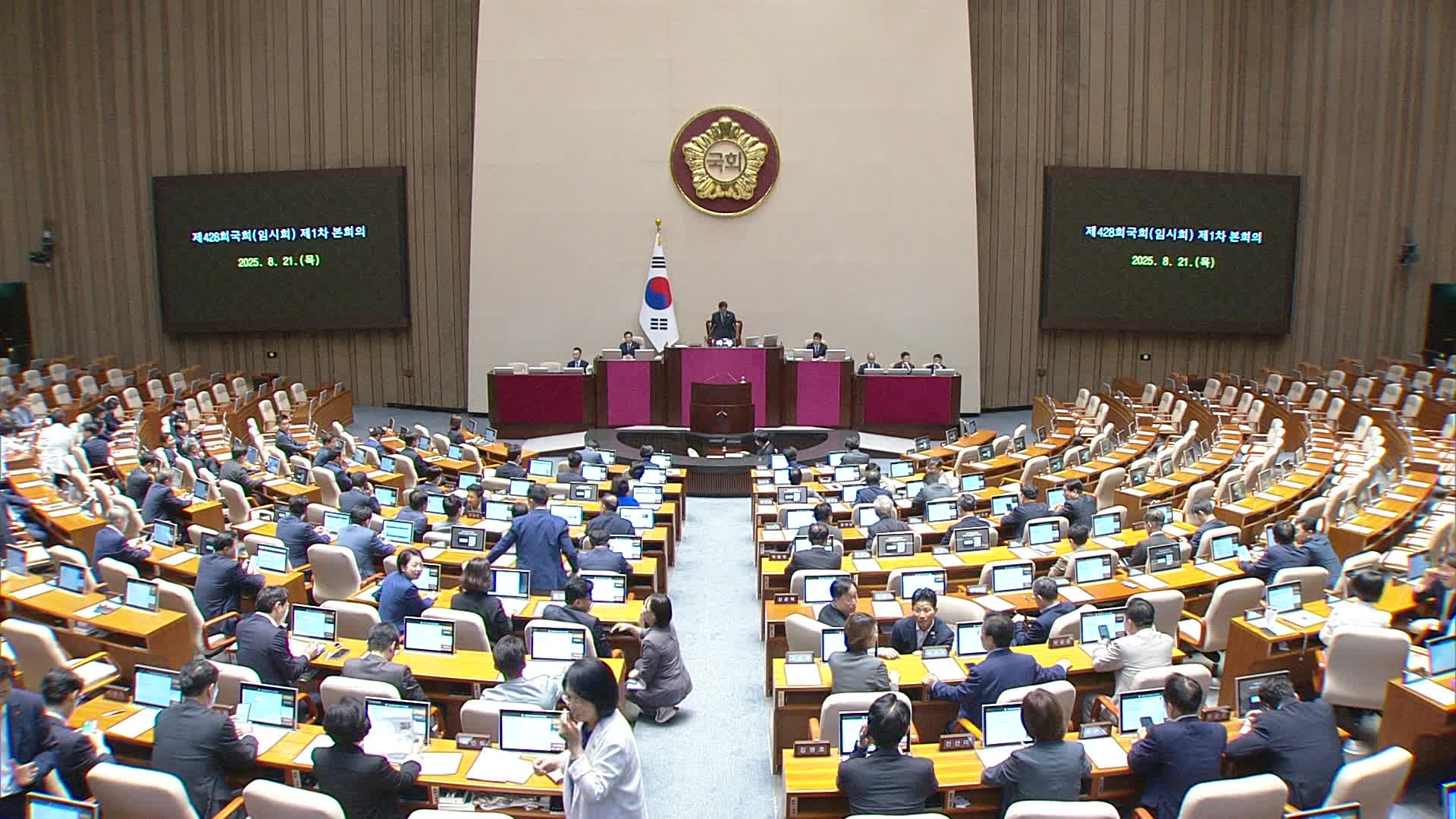

이 기사에 대한 의견을 남겨주세요.